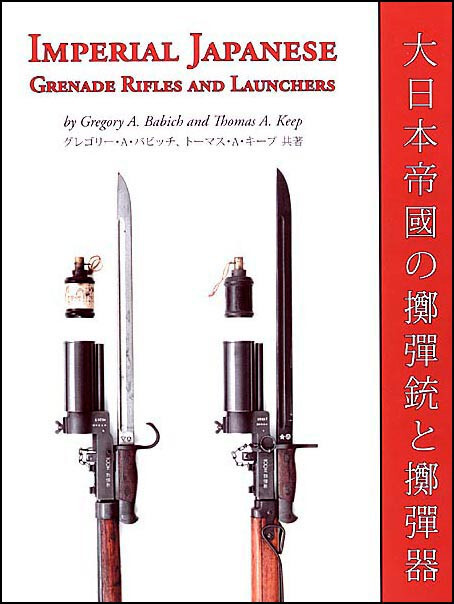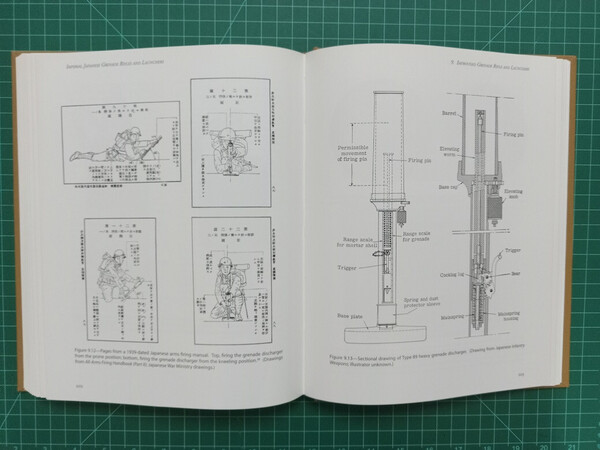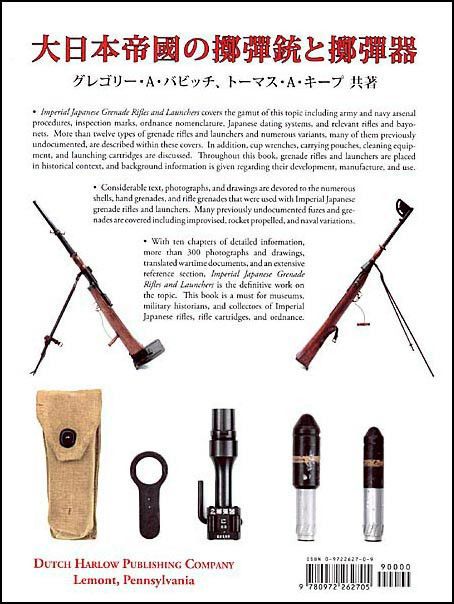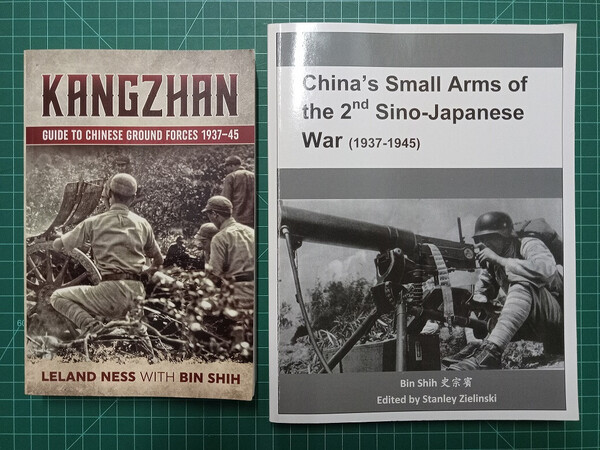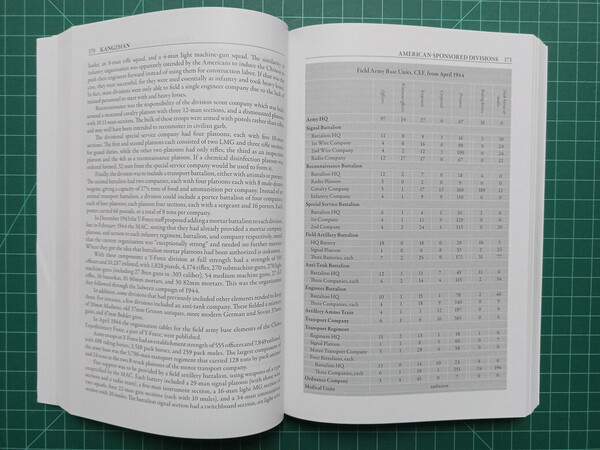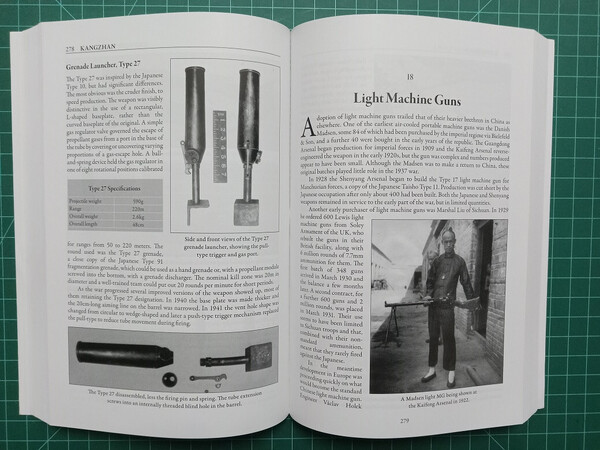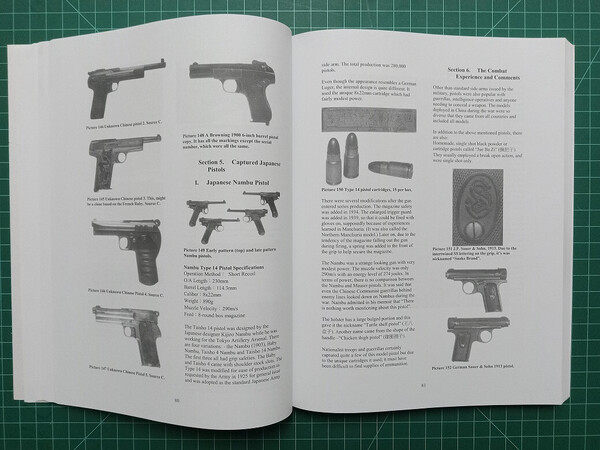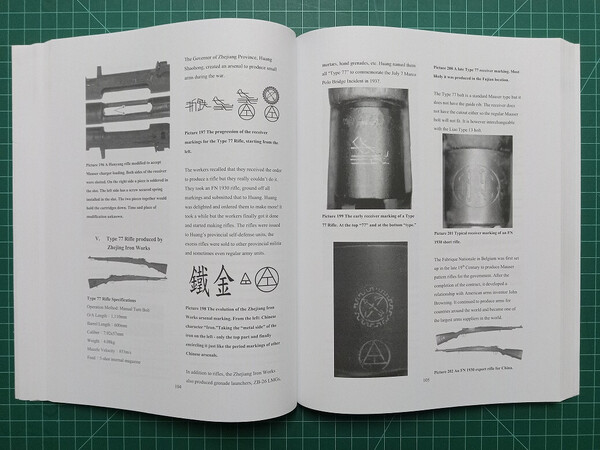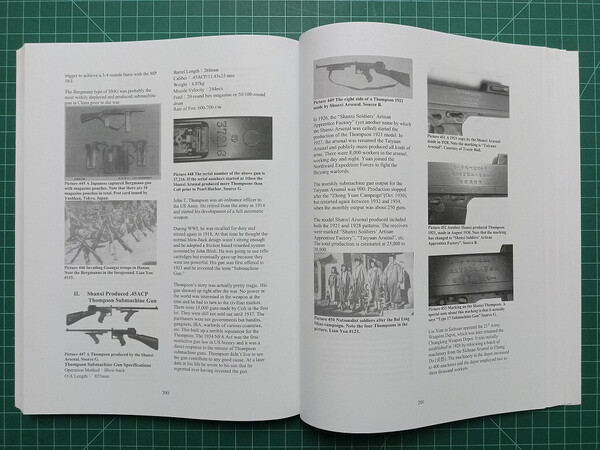-
Posts
2,218 -
Joined
-
Last visited
-
Days Won
11
Content Type
Profiles
Forums
Events
Store
Downloads
Gallery
Everything posted by Kiipu
-
For gendaitō 現代刀 collectors, I recommend the following two books for the reference library. They are definitely worth having. Sesko, Markus. Encyclopedia of Japanese Swords. Lulu Enterprises, Inc., 2014. 552 pages. This is a dictionary explaining all the Japanese sword terms. Sesko, Markus. Swordsmiths of Japan. Lulu, Inc., 2015. 1450 pages. A listing of over 20,000 Japanese swordsmiths. And finally, might as well download the free compendium from Sesko as well. Small Compendium
-
一、昭和一二年六月三〇日 同右講習辛業、土佐流手法焼刀土の塗り方を探究、うるおいを醸しだす刃紋の創作技術を開拓 Above is what I see, but could be wrong. For technical terms, I would recommend the following book by Markus Sesko. Sesko, Markus. Encyclopedia of Japanese Swords. Lulu Enterprises, Inc., 2014.
-
See below for more information about the encircled 造 stamp. Identification help
-
Made in Indonesia for the Japanese and/or local forces. Not a fake or a reproduction. Nice catch if you are a militaria collector.
-
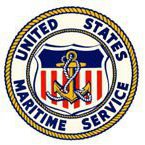
Theories on the mix of Western and Japanese numbers on gunto
Kiipu replied to John C's topic in Military Swords of Japan
A little missive of mine from early 2023. Kanehide Gendaito Rinji questions -
Last year I posted a recommended library for Japanese militaria collectors and below is the link. I would reverse the list now and recommend the newer books while they are still available. Books?
-
Memories from my misspent youth. Found some extra copies in the storage unit so will offer a temporary discount. Babich, Gregory A., and T. Keep. Imperial Japanese Grenade Rifles and Launchers. Dutch Harlow Publishing Company, 2004. Imperial Japanese Grenade Rifles and Launchers covers the gamut of this topic including army and navy arsenal procedures, inspection marks, ordnance nomenclature, Japanese dating systems, and relevant rifles and bayonets. More than twelve types of grenade rifles and launchers and numerous variants, many of them previously undocumented, are described in this book. In addition, cup wrenches, carrying pouches, cleaning equipment, and launching cartridges are discussed. Throughout this book, grenade rifles and launchers are placed in historical context, and background information is given regarding their development, manufacture, and use. Considerable text, photographs, and drawings are devoted to the numerous shells, hand grenades, and rifle grenades that were used with Imperial Japanese grenade rifles and launchers. Many previously undocumented fuzes and grenades are covered including improvised, rocket propelled, and naval variations. With ten chapters of detailed information, more than 300 photographs and drawings, translated wartime documents, and an extensive reference section, Imperial Japanese Grenade Rifles and Launchers is the definitive work on the topic. This book is a must for museums, military historians, and collectors of Imperial Japanese rifles, rifle cartridges, and ordnance. Dust jacket, hardcover, 8.5 x 11 inches, 248 pages, color illustrations. Weight 3 lb 6 oz, printed in USA. Cost per book is US$85 including shipping to United States, overseas shipping add about US$45.
-
I think the characters are a bit stylized and the last one is hard to see. I do think that what you have is correct though. 第320020号 = No. 320020. Maybe a second opinion is in order. @SteveM
-
Actually, kōgyō 工業 translates as industry. However, the Seki guild blue labels with English text have it as manufacturers'. The question then boils down to what translation do you want to use, the Seki blue label or the kanji dictionary translation. Whatever translation you decide to use is fine by me. 関刃物工業組合 Seki Hamono Kōgyō Kumiai See also Seki Inspection Tag On Combat Saya.
-
Maybe a registered utility model number?
-
The initial Type 100s, those made traditionally, were not sold by the arsenals directly but merely inspected. See the quote below by the late Nick Komiya. Deflating another Myth
-
Not common on either army or navy steel crossguards but have seen one or two? Below is a link to a possible marker's mark on a Type 97. Kai Gunto Naval Sword A little more common are guild or arsenal inspection marks. Below is an example of a guild marking on a Type 100 crossguard. Type 44 Katana + Information request The most common markings on steel crossguards are subassembly numbers.
-

Arsenal Mark on RJT sword Fittings
Kiipu replied to george trotter's topic in Military Swords of Japan
This is the lowest so far with a マ prefix, prior to that they just used Arabic numerals. -
Do not recall seeing this before either. Possibly a Japanese katakana NA with an Arabic 8? ナ8 = Katakana NA 8.
-

Info needed possibly looking to sell
Kiipu replied to Rebeccacran's topic in Military Swords of Japan
I had to look that one up! 瓢箪 = hyotan The Gourd Canteen See also the story "Tengu no Hyōtan 天狗の瓢箪 The Tengu's Gourd." A little homework assignment for those that just gotta know what I am talking about! Another indicator of an early souvenir blade is that the bottom of the tang is finished versus cutoff. And finally, thank you for the additional pictures Rebecca. We track these souvenir blades by the subassembly number. If you look carefully at the tang, you will see the following two characters have been painted over the older number. As you can see, the parts on your sword match this number. I zoomed in on one of your pictures and also saw 40 stamped on the crossguard. 四〇 = 40. -

Info needed possibly looking to sell
Kiipu replied to Rebeccacran's topic in Military Swords of Japan
Agree, 40 is the souvenir subassembly number. See the picture of the seppa (washer) above. 四〇 = 40. -

Info needed possibly looking to sell
Kiipu replied to Rebeccacran's topic in Military Swords of Japan
Hi Rebecca, the various small parts will have a one or two digit number stamped or written on them. For example, the tsuba (crossguard) will have this number. Take a picture of this number and post it. This number will match to one of the combination of numbers painted on the nakago (tang) of your sword. When time permits, below is a link to an article about postwar souvenir swords that will answer most of your questions. The Mysterious Naval Landing Forces Sword And finally, many thanks for sharing pictures of your sword. -
Chinese Ordnance Both Chinese small arms books by Ness & Shih for US$80 including shipping to United States. Ness, Leland, with Bin Shih. Kangzhan: Guide to Chinese Ground Forces, 1937–1945. Helion & Company, 2016. Softcover, 6.25 x 9.25 inches, 576 pages, maps, tables, black & white illustrations. Weight 2 lb 12 oz, printed in Great Britain. US$45. The first part of the book covers the organization of the Chinese army while the second part covers Chinese army ordnance. This is a really good book to have in the library and complements the book below because of the coverage of the larger weapons such as artillery and tanks. Bin, Shih. China’s Small Arms of the 2nd Sino-Japanese War (1937–1945). Edited by Stanley Zielinski. 2011. Autographed by author. Softcover, 8.5 x 10.75 inches, 280 pages, black & white illustrations. Weight 1 lb 14 oz, printed in USA. US$40. This book has more coverage on small arms compared compared to the book above. Includes a chapter on Japanese small arms. Includes 4 pages covering broad swords, bayonets, and daggers.
-
Cross-reference to the same sword. ☆ 長州住清次 Chōshū-ju Kiyotsugu. 昭和十九年三月日 A day in March 1944. Japanese WWll NLF officer's sword in type 44 mounting "Kiyotsugu", star stamp
-
@Spartancrest might be able to help with the identification of the tsuba.
-
1.1 Enkaku 沿革 History Page 1 昭和 9年 県内の金属工業指導のため地方商工技師1名が関刃物工業組合に駐在 1934: One local commercial engineer was stationed at the Seki Cutlery Industry Association to provide guidance on the prefecture's metalworking industry. 昭和12年 岐阜県金属試験場規程を公布、仮事務所を関刃物工業組合に開設 1937: The Gifu Prefecture Metal Testing Laboratory Regulations were promulgated, and a temporary office was opened at the Seki Cutlery Industry Association. 昭和12年 庁舎新築起工式(岐阜県武儀郡関町南春日13) 1937: Groundbreaking ceremony for new office building (13 Minami-Kasuga, Seki-machi, Mugi-gun, Gifu Prefecture). 昭和13年 本館および試験棟2棟竣工 1938: Completion of the main building and two testing buildings. 昭和16年 日本刀鍛錬研究室増築(日本刀鍛錬塾寄贈) 1941: Expansion of the Japanese sword forging laboratory (donated by the Japanese Sword Forging School). Citation Gifu-ken kōgyō gijutsu kenkyūsho 岐阜県工業技術研究所 [Gifu Prefectural Industrial Technology Research Institute]. Gifu-ken kōgyō gijutsu kenkyūsho nenpō: Heisei 25-nendo 岐阜県工業技術研究所年報〜平成25年度 [Annual Report of the Gifu Prefectural Industrial Technology Research Institute: Fiscal Year 2013]. 2014. Source https://www.gitec.rd.pref.gifu.lg.jp/files/annuals/annual_metal_2013.pdf
-
14昭和19年(1944)関刃物工業組合に届出のあった刀工は233人、未登録を含めると265人。関鍛冶伝承館「企画展 近現代刀匠列伝 廃刀令以降の刀匠たち」パンフレット(2004)、岐阜県博物館『伝統と創造 岐阜県重要無形文化財のわざと美』図録(2016)を参照。 Footnote 14: In 1944, there were 233 swordsmiths registered with the Seki Cutlery Industry Association 関刃物工業組合, and 265 including unregistered ones. See the Seki Blacksmith Heritage Museum's "Special Exhibition: Modern and Contemporary Swordsmiths: Swordsmiths Since the Sword Ban" pamphlet (2004) and the Gifu Prefectural Museum's "Tradition and Creation: The Skill and Beauty of Gifu Prefecture's Important Intangible Cultural Properties" catalog (2016). https://www.gifu-kenpaku.jp/wp-content/uploads/2022/10/岐阜県博物館_調査研究報告_第40号(2019・2020)_南本有紀_青木啓将著『現代日本刀の生成』書評に代えて.pdf
- 1 reply
-
- 5
-

-

Dual-signed Type 98 Officer’s Shingunto
Kiipu replied to I_Kendo_It's topic in Military Swords of Japan
Not sure if it still exists but other associations mention it. Attached is page 1 from the 2013 annual report put out by the Gifu Prefectural Industrial Technology Research Institute 岐阜県工業技術研究所. 2013-岐阜県工業技術研究所年報-pp01.pdf -

Dual-signed Type 98 Officer’s Shingunto
Kiipu replied to I_Kendo_It's topic in Military Swords of Japan
The source of the Shō 昭 stamp identification is via Ohmura as already stated. Bruce asked me some years back to reread the text and that is when I spotted the reference below. 関の軍用日本刀 With the cooperation of Ido Seiji 井戸・誠嗣, chairman of the “Seki-Den Japanese Sword Forging Technique Preservation Society” 関伝日本刀鍛錬技術保存会, a description was found in Tōto Seki 刀都関, published by the Town of Seki in 1940, that said "the blade has passed the strict inspection of the Seki Cutlery Manufacturers’ Society 関刃物工業組合 and is stamped with “Ōka ni Shōji” 桜花に昭字, and has gained an unrivaled reputation as a practical sword." There is another book that I do not own yet and it is referenced below. The Seki Tanrensho book and others related infos




